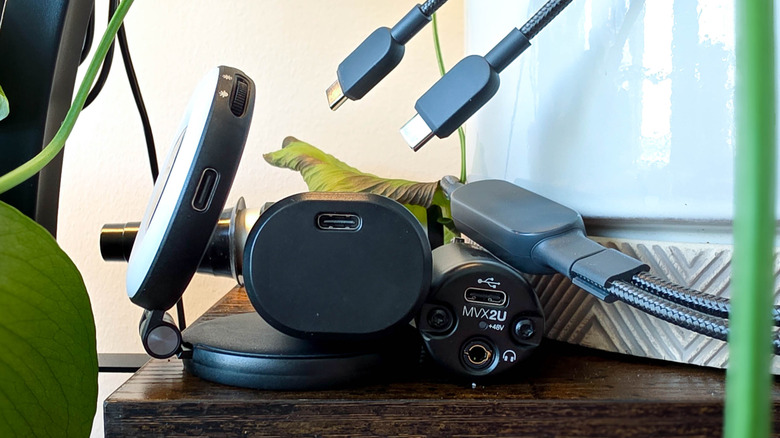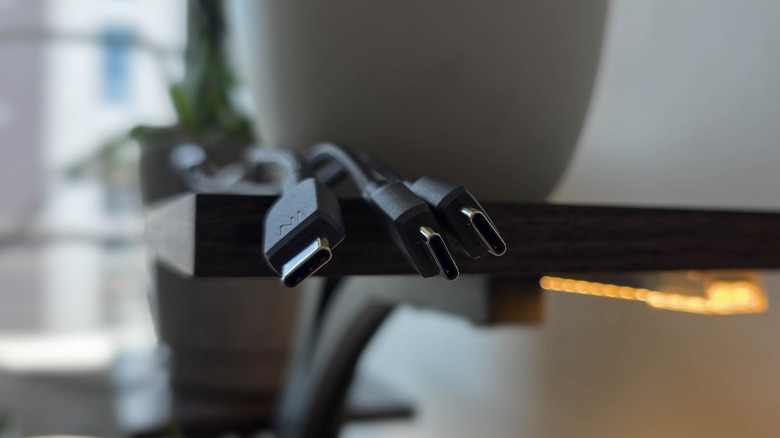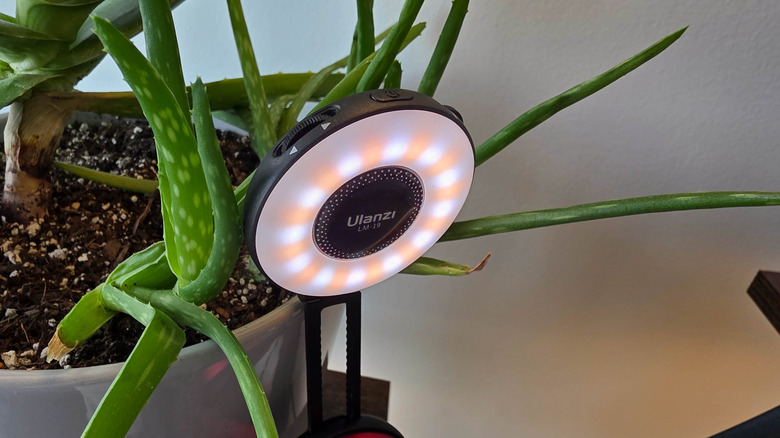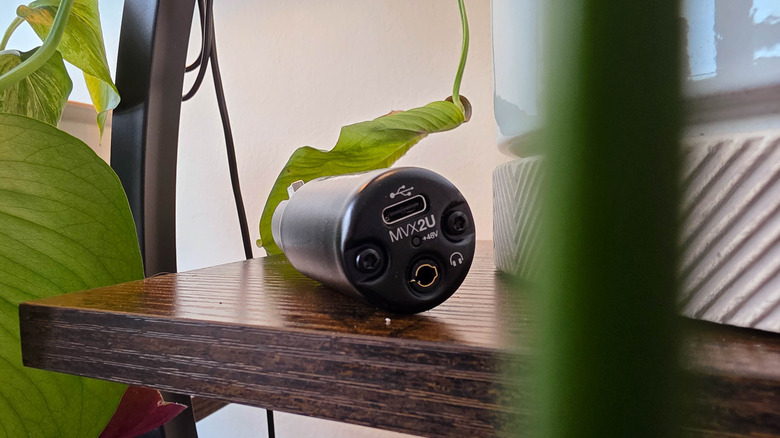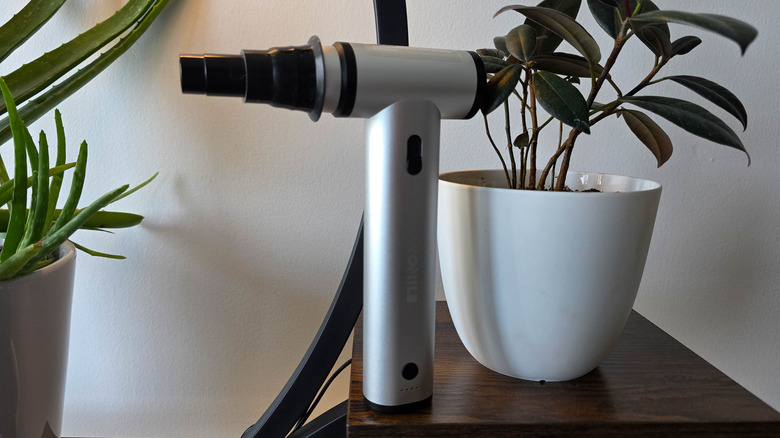4 Unusual USB Gadgets That Are Actually Useful
We may receive a commission on purchases made from links.
USB technology may be one of the most underrated inventions of the computer age. Thanks to its near universal adoption, you never have to worry too much about whether the gadgets you purchase will work with your computer or phone. In a world without a connection standard as universal as, well, the universal serial bus, we'd be lost in a labyrinthian nightmare of competing proprietary doodads. Thanks to USB, any old flash drive can plug into any old laptop or smartphone and, barring the odd edge case, be expected to work.
But while there are plenty of well-made and extremely useful USB gadgets out there, most of them are predictable and — let's face it — boring. One of the great joys of technology is its ability to surprise us, to make our lives easier in ways we never dreamed of. USB technology is but a blank canvas waiting for invention to make it functional.
I rounded up four USB gadgets that have not only improved my life, but which do so in unexpected ways. From a seemingly simple cable with a surprising split to a devilishly designed desktop duster, along with a couple of ingenious tools that creatively make mobile content creation more convenient, here are four USB gadgets that are unusually useful.
Anker Double-ended USB-C cable
One of the most unusual USB gadgets I own is the Anker 2-in-1 USB-C to USB-C cable. It's a normal USB-C cable, but with a hydra-like twist. Rather than having two USB-C plugs, one on each end, this cable has three. There's a normal connection on one end, but the cable has a splitter near the other end that branches off into two more male USB-C connectors. It's strongly reminiscent of those 3.5 millimeter audio splitters you might have used as a kid to share your music on the bus. The Anker 2-in-1 cable's unusual design is exactly what makes it useful, as it allows you to charge two devices at once from the same charging brick.
For this cable to work its best, you should invest in a high-speed power brick alongside it of at least 100 watts, but preferably 140 watts. Anker also notes that it's not recommended to use this cable with chargers rated for less than 45 watts. In my testing, it did deliver power to two smartphones over a 45 watt charging brick, but both charged slowly. When two devices are connected to charge, the cable will push the lion's share of power to the more demanding device. However, when two devices with the same power demand are connected (for instance, two of the same model of iPhone), the one connected first will take priority. Data transfer also works via this cable, albeit only to one device at a time. Connect a second device to a computer and either nothing will happen, or you'll get an error message. It's one of the most useful USB-C gadgets for a Windows laptop, MacBook, or smartphone.
Ulanzi MagSafe Selfie Ring Light
Video content creation is more popular than ever, with platforms from TikTok to Instagram encouraging users to point a phone camera at their face and hit record. But if you've spent a lot of time watching user created videos on social media, you might know that most creators rely on ring lights to easily illuminate their faces. The problem is that most ring lights are designed to sit on a full-size tripod, which means they are large. The Ulanzi MagSafe Ring Light is a small but mighty solution for those with a MagSafe enabled smartphone or phone case.
Magnetically attachable to the back of your phone, the Ulanzi MagSafe Ring Light has a number of features that make it my favorite mobile photography accessory. When folded down, it shines in the same direction as your phone's main camera array, making it easy to use as a mini floodlight or portrait light to brighten up those friend group shots. However, it can also fold over backward more than 180 degrees, and can periscope out several inches on a hidden metal rail, allowing you to easily keep your face lit when shooting with the selfie camera. I also attached MagSafe adapter magnets to the back of my computer monitor so I can use the light for Zoom calls.
On either side of the light's power button are two dials, one to adjust brightness and the other to adjust light temperature from warm to cool. The ring light seems to last about an hour and a half on a charge, though I've never managed to drain it fully before remembering to charge it via USB-C. Thankfully, it also works while charging. Ulanzi also makes a mobile phone stand to further extend the light's functionality, pictured above.
Shure MVX2U USB Digital Audio Interface
Traditionally, a digital audio interface is a big box that sits on your desk and uses dedicated hardware to convert analog inputs into digital audio, and vice versa. Choosing a digital audio interface can be one of the most important choices a modern musician makes, as they're often hooked directly up to your digital audio workstation, or DAW software. If you want to hook an XLR microphone up to your computer, you definitely need an interface. But what about those who record on the go? From journalists to content creators, more people than ever want to connect professional microphones into their smartphones.
That's where the Shure MVX2U comes in. It's an unusually designed digital audio interface that looks sort of like a car cigarette lighter. On one side is a male XLR connection that plugs directly into the base of a microphone, while the other end has a USB-C port and a 3.5 millimeter headphone jack. The MVX2U converts analog input from the microphone into a digital signal that outputs through the USB port. Simply use any old USB-C to C cable to hook your phone, tablet, or computer up to the microphone, and your device will detect it as an audio input. The 3.5mm jack can be used for monitoring with a pair of wired headphones.
Shure also ships a companion app called Shure Motiv, but I haven't found it to be very useful. Paired with one of the best vocal microphones like the Shure SM58 or Sterling ST155, the MVX2U delivers perfect audio to any app, whether your phone's camera or recorder apps, a mobile DAW, or even a third-party app like Instagram or TikTok.
Yomile USB fan
What's unusual about the Yomile Electric Air Duster isn't apparent at first glance. You've probably seen similar dusters before, electric fans meant as an alternative to disposable cans of compressed air. But what sets the Yomile apart is its absolutely ridiculous fan speed. This thing pushes so much air through its solid metal frame at its highest setting that it gets about as loud as a full-size vacuum and requires some real effort to hold steady. In fact, my unit even displaces some of that air through the USB port and LED battery indicators, which I'm not sure is supposed to happen.
In any case, the brushless fan spins at up to 250,000 rotations per-minute (RPM). I haven't measured its top wind force, but Yomile claims it's up to 6 ounces. Anecdotally, it's strong enough to send a baseball cap flying off someone's head from about three feet away, or to dust my coffee table while sitting on the couch. I mainly use it to dust off my keyboards, desk, and gaming PC. However, you'll definitely need to be careful when using it to clean inside a computer, as the fan gets strong enough to unseat a RAM stick or loosen a power cable. If I'm dusting off my GPU, I make sure to slowly slide up the power, checking the wind force with my hand before directing the air stream towards the computer components.
Another thing I love about this Yomile duster is its battery life. It carries a 10,000 mAh battery life, which Yomile rates for 150 minutes of use at a low setting or 20 minutes at the highest setting. I haven't managed to drain it before remembering to charge it via USB-C.
